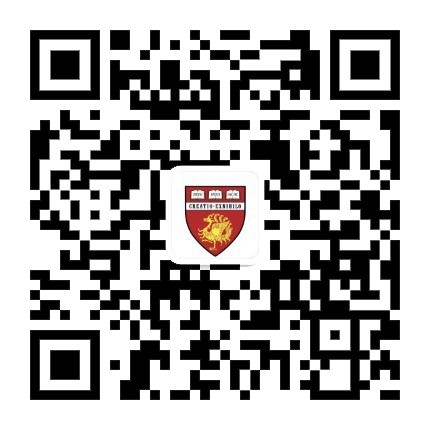Towards a New Innovative Era: Design as Subject of Social Science Research
JDSSI 2023, 1(1), 1-6; https://doi.org/10.59528/ms.jdssi2023.0327a1 - March 27, 2023
Min Wang*
Abstract: Looking back on the history of design, it will be found that the four landmark industrial revolutions that occurred over roughly the last century have exacerbated natural resource scarcity, severe environmental problems, and conflicts among various interest groups. Design activities have focused on the development needs of individuals and society. Design innovation has been viewed as a way to add value to goods, a driver of economic growth, and even a slogan politicians use. Content from the arts and humanities, such as aesthetic taste, form, and stylistic elements, has influenced consumer goods to excessive extent. Meanwhile, design, a social practice in which everyone can participate, ubiquitously influences how people live their daily lives. Separating design from interpretations of the arts and humanities and integrating design into the social sciences would provide a new, innovative tool to guide organizations and other decision-makers facing confusing, unpredictable, problematic situations to solve increasingly pressing social “wicked problems.” This article proposes a reconceptualization of design activities as part of social science systems, advocating a shift from design thinking to social thinking and innovations that meet the challenges of contemporary social issues.
by
JDSSI 2023, 1(1), 7-21; https://doi.org/10.59528/ms.jdssi2023.0422a2 - April 22, 2023
Abstract: The village of Nihegou in northern Shaanxi is an important agricultural and cultural heritage site, a traditional Northwest China village and a model village for rural tourism. With the participation and efforts of many parties, various strong and beneficial agricultural policies have been implemented, the local infrastructure and public services have been continuously improved, the village environment has basically been maintained as neat and orderly, and actions to improve the rural living environment have been conducted in succession, but the unbalanced, inadequate and disharmonious situation in the local area still needs to be alleviated, there are no stable industries in the area, the population is aging, “hollowing out” exists to a certain extent in the villages, the ecological landscape has been destroyed, and the rural agricultural tourism industry lacks hardware support. In this paper, we study the work of the “three rural areas” in the context of the harmonious countryside, sort out the ecological and agricultural landscape resources and problems in Nihegou village in northern Shaanxi, and implement specific design strategies for the agricultural landscape of the selected site. The project will continue to improve the quality of the rural habitat and public services, promote the harmonious development of the rural economy and ecology.
Min Wu,*
Hui Wang,
Fan Yang
by
Zhiyu Zhou *
by
Abstract: Artificial intelligence (AI) continues to expand into different areas of social life, bringing design ethics and public rights under challenge. Instead of stopping the research application of AI, it is better to urgently study some of the practical problems that AI technology may bring about and promptly formulate corresponding laws to regulate them. This paper discusses the following issues: 1. Security and privacy of face recognition; 2. Political and economic applications of AI; 3. Emotional learning of AI; 4. Human-computer development of brain-computer interface; 5. Ethical supervision of AI; 6. Automatic design of AI etc. It analyses design ethics basic principles, such as security, privacy, fairness, trustworthiness, honesty, etc., and calls for strengthening the institutional construction of design ethics and public safety for AI technology products.
Liang Zhu *
Abstract: Traditional Chinese folk handicrafts can be divided into productive innovations based on market demand and innovations based on everyday folk life-two basic types with different innovation logics. The study of the succession and development of China’s “intangible cultural heritage” projects should first distinguish the contexts and essential differences between these two types of cultural heritage. This study reflects on the current “productive approach to safeguarding” intangible cultural heritage, pointing out that current projects pursuing cultural conservation and inheritance are often focused on “masterpieces” characterized strongly by “skilled” labor. Safeguarding and transmitting intangible cultural heritage also emphasizes “folk crafts” with a similarly strong “skilled” character. The development and protection of folk art and its industries, however, should be achieved on the premise of respecting its culture of survival.
by
JDSSI 2023, 1(1), 28-35; https://doi.org/10.59528/ms.jdssi2023.0606a4 - June 6, 2023
Lates articles



